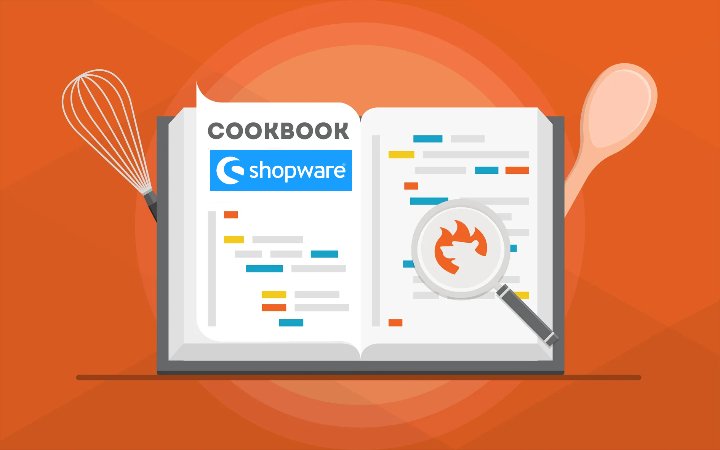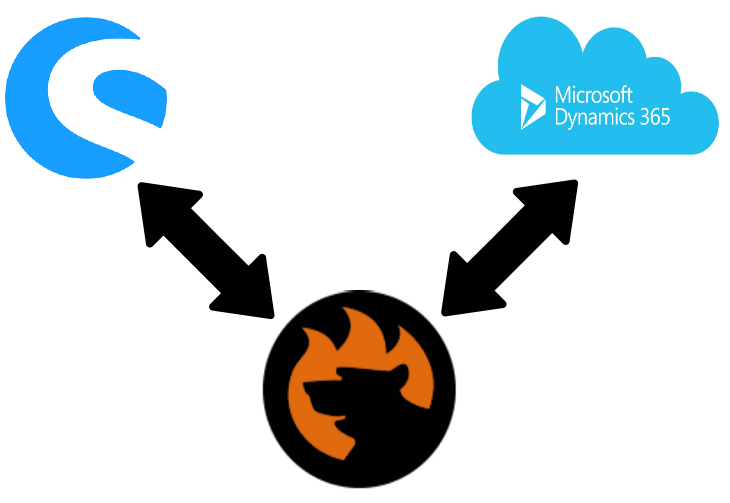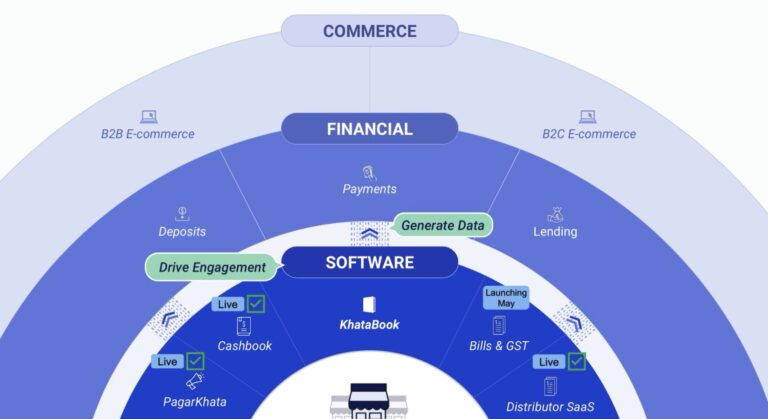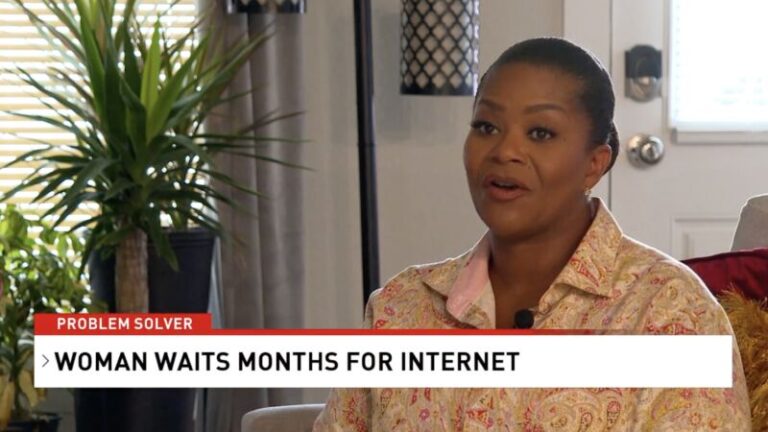If you’ve been looking for a job lately, you might be a little confused by the economy.
Economists are increasingly forecasting a recession in the next year thanks to a variety of economic signals, including a decline in the gross domestic product, a tanking stock market, and cooling consumer spending. And the Federal Reserve has purposefully raised interest rates to combat inflation, a move that’s designed to slow consumer demand even further. Additionally, there has been a spate of high-profile layoffs and hiring freezes at some of the country’s most valuable companies.
But the job market — typically a major indicator of a recession — remains incredibly strong, according to nationwide data. There are 11.3 million job openings, which amounts to nearly two jobs for every person looking for work.
In May, 4.3 million people quit their jobs. This number is close to the record set late last year, according to Bureau of Labor Statistics data that goes back over 20 years. That’s not the behavior you’d expect in a recession, when companies typically freeze hiring and cut back their workforce, while workers stay put. Employers have also been doing their best to hang onto their existing workers, by increasing wages, adding perks, and keeping layoffs around historic lows. If a recession is nearing, it’s a very strange one in which employment doesn’t seem to be affected.
Naturally, if you’re considering joining the Great Resignation, all these mixed signals might give you pause. We asked a number of hiring industry experts and economists about what’s going on so you can try and make an informed decision about what’s next for you and your career.
Is there really a recession coming?
Who knows!
Currently, economists are predicting the odds of a recession in the next year at about one in three. The committee of economists that officially declares a recession, the National Bureau of Economic Research (NBER), has not done so, but they often don’t do so until a recession is well underway. They define a recession as a “significant decline in economic activity that is spread across the economy and that lasts more than a few months.”
Many consider two straight quarters of negative gross domestic product to be a sign of recession. So far, GDP declined in the first quarter of 2022 but Q2 estimates don’t come out until later this month — and even if those numbers look bad, it doesn’t necessarily mean there’s a recession.
As Vox’s Madeleine Ngo wrote earlier this month,
But even if the next GDP report this month shows a decline in the second quarter, many economists might not count that as a recession because the labor market remains strong. And although most recessions the NBER has identified do meet this benchmark, some don’t: in 2001, for instance, GDP declined in the first quarter, grew in the next quarter, and then declined again in the third quarter.
Perhaps most importantly, a rapid slowdown in hiring has yet to materialize, casting serious doubt as to whether a recession is really coming. It’s also been a very strange few years, what with a global pandemic, a sharp but quick recession in 2020, and then a rapid recovery.
“There’s no recession in hiring,” Marc Cenedella, CEO of resume writing service Leet Resumes, told Recode.
“Economists are saying, ‘All of our instruments are telling us a spooky ghost recession is coming but nobody in the real economy can see it yet,’” he said. “We had a once-in-a-century event happen, and that’s gonna goof up your instruments.”
Okay, but if there’s a threat of recession, why are there so many job openings?
Job openings remain high partly because companies have struggled to remain fully staffed amid the Great Resignation. For the last year, it’s been very difficult to hire and retain employees, across industries, age groups, and ranks. Employers also don’t want to repeat what happened at the start of the pandemic: laying off droves of workers only to struggle to rehire soon after.
“There is a tendency not to want to overcorrect, especially given the challenges organizations have had around hiring in just the last year,” Lexi Clarke, head of people at compensation data company Payscale, said. “This is a time to be proactive and think about the long-term impact of decisions related to talent.”
Structural issues like an aging and retiring workforce, unstable and expensive child care, and low birth rates mean there are fewer people in the workforce to begin with — something that can’t be corrected quickly. There’s also been a cultural shift that has maintained the levels of quits beyond what’s expected from worker scarcity, as people search for less-tangible stuff out of their job, like work-life balance and meaning.
Meanwhile, even though consumer spending growth has slowed amid inflation, it’s still high, thanks in part to pent-up demand and savings. That means companies are still seeing demand for their goods — demand they can’t fill without enough employees. These labor shortages, in addition to supply chain issues and material shortages, mean that many companies have never been able to meet existing demands.
“They’re producing goods where there is known demand for goods, providing services where there’s known demand for services,” according to Jim McCoy, senior vice president at recruiting company ManpowerGroup. “The hiring is much less speculative.”
Can I use the hiring shortfall to get more money or better benefits?
Not only are employers still hiring, they’re also offering higher pay, signing and retention bonuses, and perks.
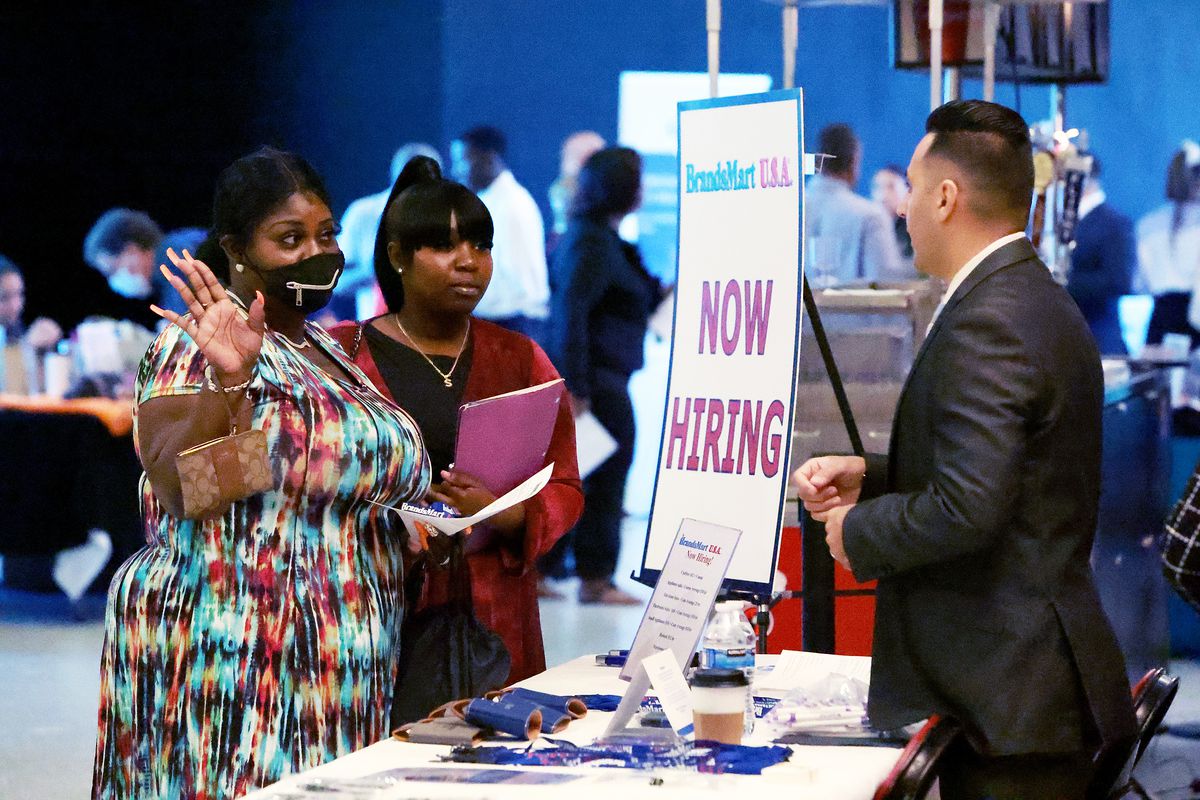
ManpowerGroup’s clients, which include Fortune 500 companies, are offering things like tuition reimbursement, remote work, gas subsidies, and four-day work weeks. McCoy said these perks are not restricted to a single industry and include everything from health care to hospitality, and from tech to retail. “The opportunity cost of not filling those jobs is so high, they’re willing to put more money on the table for candidates,” he said.
The Society for Human Resource Management’s recent Employee Benefits Survey found that, this year, employers said every type of benefit — health benefits, retirement savings, leave, flexibility — is more important to offer today than before the Covid-19 pandemic. “The strong prevalence of these benefits, even after businesses have returned to more normal conditions following the COVID-19 vaccine rollout, indicates that these benefit offerings may likely become permanent fixtures available in the future,” the report said.
Now is as good a time as ever to try and get better pay and benefits from your existing employer — or from a new one.
So is it okay to quit my job now?
This depends on your industry, your qualifications, your savings, and your tolerance for uncertainty. But generally, it’s not a bad time to look for something new.
There are many open jobs out there and companies willing to hire, and surveys suggest that situation will remain so, at least for the near term.
Half of US employers plan to increase employment in the third quarter while just 12 percent expect a decrease in their workforce, according to a survey by ManpowerGroup. That’s an even stronger hiring advantage than last year. Business-focused think tank The Conference Board found that although a majority of company executives predict a recession by the end of 2023, they also say that attracting and retaining talent is part of their top long-term growth strategies.
The high-profile layoffs, hiring freezes, and hiring slowdowns at tech companies — Coinbase, Meta, Netflix, and Tesla are a few prominent ones dealing with these setbacks — aren’t necessarily a reason to worry since those only make up a tiny fraction of jobs in the economy, even if they make up a lot of headlines.
“There’s a dichotomy in the job market between the high-growth, high-risk tech jobs … versus most of the employment in the economy is these other firms and small businesses and nonprofits,” said Sean R. Gallagher, executive director at Northeastern University’s Center for the Future of Higher Education and Talent Strategy. “There are sectors that are just continuing to grow and structurally are going to need more workers.”
When do we get back to normal?
What even is normal anymore?
A lot of what has felt so weird about the current situation isn’t so much that the economy is tanking as it’s not growing as fast as it was.
“For a lot of people, this slowdown or return to normal can feel more painful than the data suggests, just because we had been at this breakneck speed of economic growth in 2021,” said Luke Pardue, an economist at payroll, HR, and benefits software company Gusto.
Stilling fears of a recession will largely depend on whether the Fed is able to negotiate a so-called soft landing: raising interest rates enough to weaken demand and counter inflation but not so much that companies have to lay off workers. The trouble will come if demand is subdued so much that companies are no longer selling enough to be able to continue employing people.
So far, that is not quite happening.



